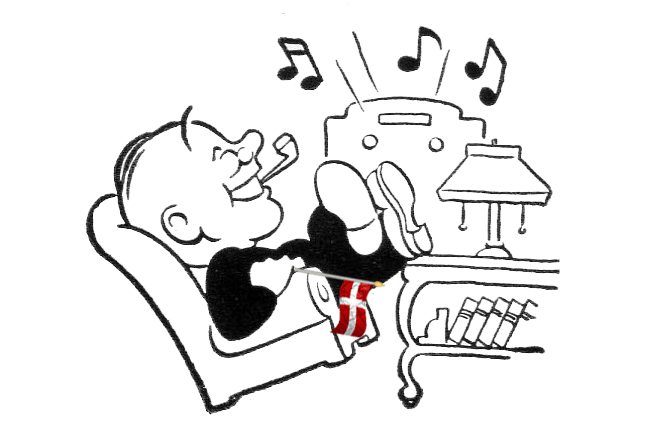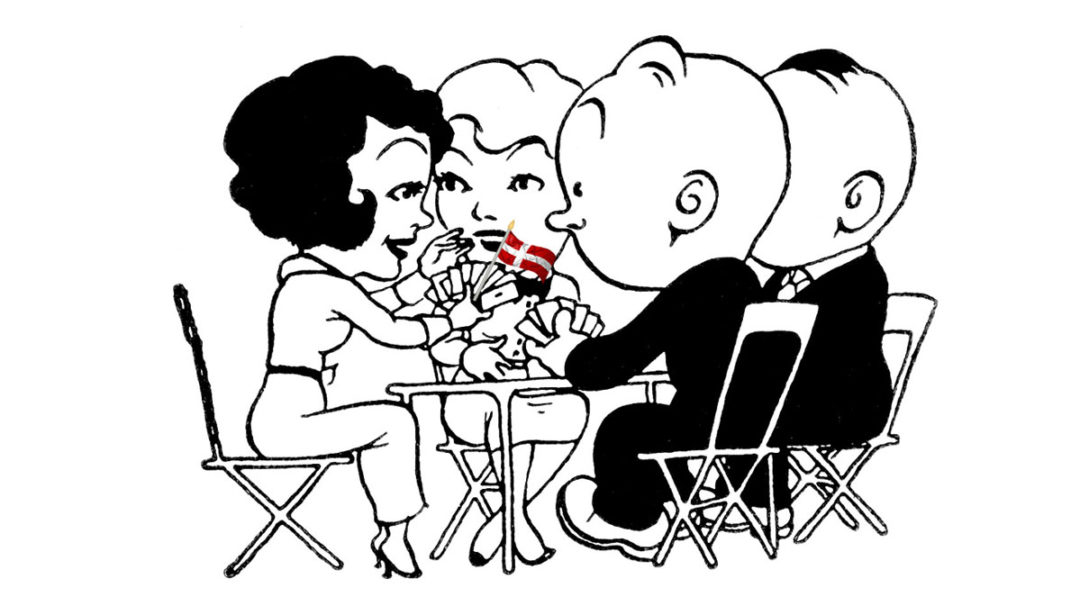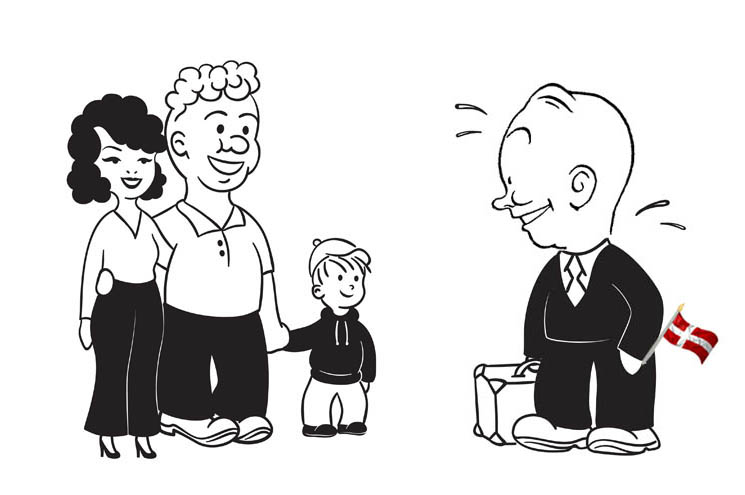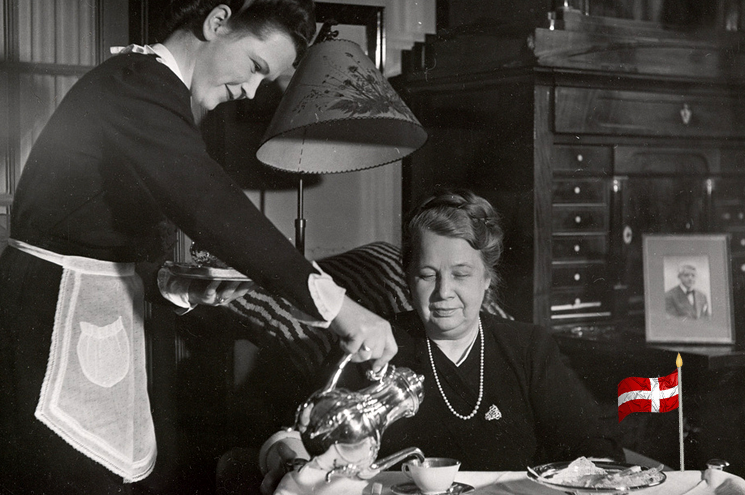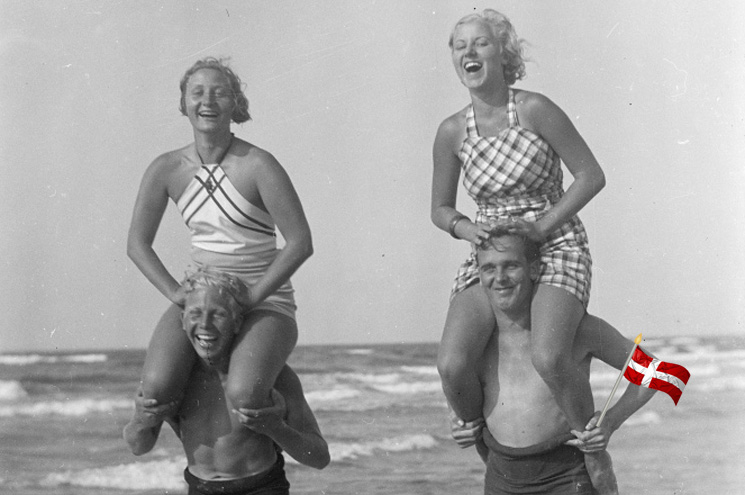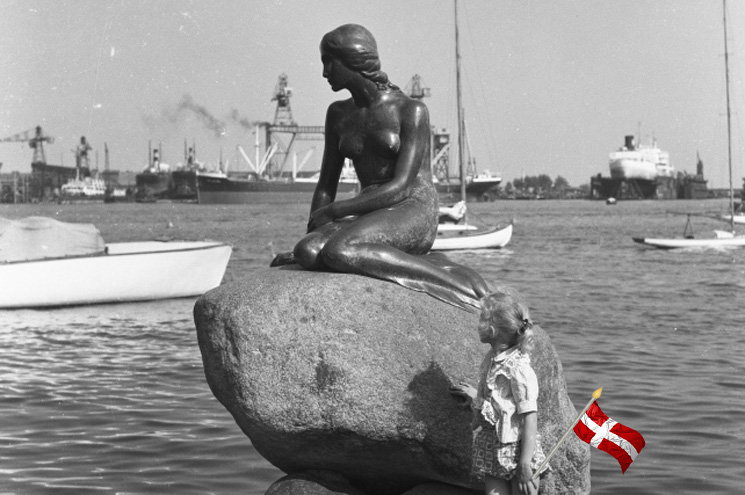It’s unusual for us Americans to miss a business opportunity – it feels a little unnatural, to be honest – but for some reason, I have never before written about hygge.
Hygge is big business. Hygge housewares catalogues offer candles, soft blankets, earthenware coffee mugs, and warm socks that will help you, too, experience hygge. Hygge tours are offered in major Danish cities.
And authors who do write about hygge are richly rewarded. They’re interviewed by glossy magazines, their books are arranged in elaborate piles in the shops at Copenhagen airport, and they speak to adoring audiences in London, Paris, and Rome. Meanwhile, my next exciting engagement is at Holsterbro Gymnasium. (I really am excited, kids – see you there!)
Selling hygge has become an industry. But hygge, like love, is not really something you can buy.

